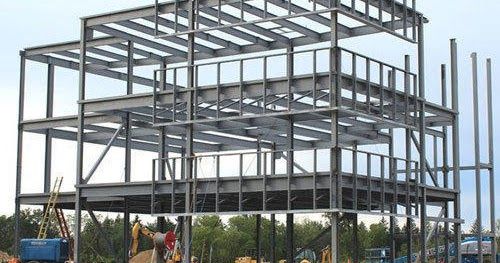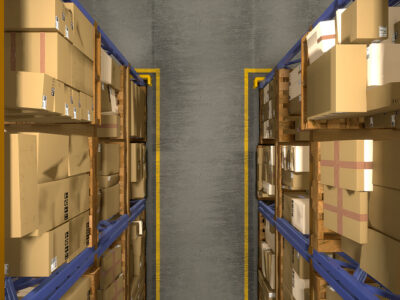For production workshops, warehouses, offices, sports gymnasiums, aircraft hangars, car dealerships, car parks, shops, hotels, agricultural buildings, museums everything can be built in steel. Millions of possibilities exist. Metal structures are very successful. And for good reason: steel is a material that has many advantages. Most major industrial sectors use it.
- Metal constructions for which sectors of activity?
- Some technical details on steel structures?
- What are the advantages of steel?
- Metal constructions for which sectors of activity?
Standard ranges are generally sufficiently developed to meet the needs of many industrial sectors. Custom designs offer endless possibilities. Now that you can find out more you can get all the details now.
The Use of the Logistics Warehouses
For logistics warehouses, it is necessary to opt for buildings designed for logistics with warehouses with free spans of up to 100 meters without intermediate posts. The customer has great flexibility in the choice of construction dimensions. Warehouses and logistics platforms are sustainable solutions and are designed to meet each specific need. A variety of roof and facade systems offer the best performance, high quality and modern design.
Production units and factories are designed to meet each specific need. Industrial buildings offer maximum flexibility. The production buildings are developed with the latest technologies, they are reliable and durable. Metallic steel buildings allow an optimal production flow and have natural lighting.
Constructions for car dealerships allow optimum use of space with free spans. The system offers imaginative, attractive architectural possibilities and the use of numerous integrated accessories. The choice of steel for car dealerships ensures great safety and resistance to bad weather. The steel buildings used as car dealerships are developed with respect for the environment.
Projecting offices , on several levels, all in one, combined, or even rounded, there are many possibilities for the construction of office buildings that meet everyone’s needs.
Some technical details on steel structures?
A complete metal building includes an outer envelope with the main structure, facades, roof and many accessories. Several pieces can be combined by juxtaposing them. Other materials can be part of the construction such as concrete, wood or glass. They integrate perfectly with steel.
There are different types of buildings, each with different specificities:
Buildings with free span, bevelled posts, modular buildings with bevelled posts and tubular intermediate posts, roofs with single slopes in free span, double slope buildings etc., there are has standard solutions and many possible variations according to the wishes and needs of the professional.
The constructions consist of a metal framework made up of columns and cross-beams in profiles, purlins and rails in cold-formed galvanized profiles. The primary framework is the set of structural elements that transmit loads to the foundations.
The framework is also made up of beams and stability elements. The columns are fixed in the concrete of the foundations.
Vertical stabilization depends on the configuration of the facade. Depending on the configuration, the addition of certain elements may be necessary such as for example a stability frame, or concrete walls.
Conclusion
The roofs are available in different ranges: single skin roofs, double skin roofs, with or without spacer rail, roofs made of sandwich panels, multi-layer roofs, etc. There are different coatings, different colors, diverse range of accessories such as smoke vents, polycarbonate vaults, etc. The types of roofs are numerous and adapt to all types of constructions.








Comments